Howard Staunton - The Chess Piece Sculptor

Howard Staunton
It is not believed that he was born Howard Staunton, but took this name at some point. He probably chose Howard as a Christian name as a link to the Howard family.
He was in addition to being one of the most famous figures in chess history, a renowned writer. He combined his love of acting and writing in his work on editing the text of William Shakespeare.
He was the first English player to conquer the chess world when in 1843 he beat Pierre Saint Amant.
Young Howard

Howard Staunton grew up unacknowledged by his father Frederick Howard
Neither would he receive any kind of education, he did spend time around the Oxford campus but was never actually a member. When he reached adulthood, he did receive a few thousand pounds of inheritance, probably from the Howard family.
He had a love for drama on the stage and tried his hand at acting. Years later he would boast of playing Lorenzo in the Merchant of Venice alongside the famous actor, Edmund Kean, who played Shylock.
Inheritance Squandered

Howard Staunton and his money were soon parted
There is little detail on how he managed to become separated from the money. Most of the knowledge of his early life came from him and he didn't divulge on his less successful exploits.
We do know he was ready for a move away from his home in northern England by his mid-twenties. He looked south to the English capital.
The London Move
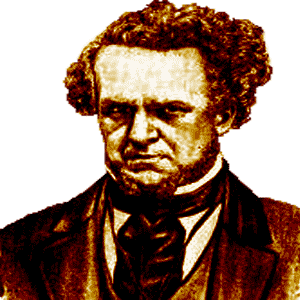
Howard Staunton moved to London in 1836
We do know that he took out a subscription to William Greenwood Walker's Games at Chess, actually played in London, by the late Alexander McDonnell Esq.
He became a regular at the Westminster Chess Club. Staunton himself said that at first, the top players playing in London such as Saint-Amant and George Walker could easily give him Rook odds. But he was an enthusiastic amateur, determined to improve, and before long his capabilities were growing.
Breaking into the Top Ranks

Howard Staunton beats Bernhard Horwitz and other strong masters on his way to the top
This was a remarkable feat as the material to learn such things were thin on the ground. Everyone was simply putting combinations together and little was known or appreciated of things like pawn centers, pawn breaks, fianchettoed Bishops, playing for space advantages and more active pieces and so on.
Staunton's understanding of the elements of positional play was on a par with top level chess a century later and even today. It was these things that enabled the late starter Howard Staunton to become the best player in London. This is why Bobby Fischer would later say:
Staunton was the most profound opening analyst of all time. He was more theorist than player, but nonetheless he was the strongest player of his day. In addition, he understood all of the positional concepts which modern players hold dear, and thus, with Steinitz, must be considered the first modern player.
Staunton vs Saint Amant
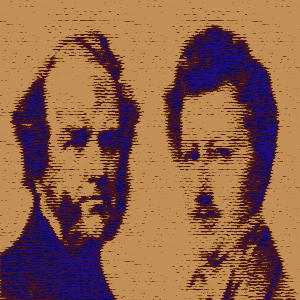
Howard Staunton played two career defining matches against Pierre Saint Amant in 1843
He was an easily recognizable face in the great chess clubs of London. Staunton for his part was unassailable for the locals by 1843. A match between the two titans was organized to see who was greater.
The match was organized for April, 1843. It was a short match, consisting of just 6 games, perhaps due to Saint Amant's business commitments.
The final result was 3.5 - 2.5 in favor of the Frenchman and he was recognized in an unofficial sense as World Champion on the outcome of this match. No official World Championship title existed at this time, but that was essentially what this match was deciding.
Strongest Player in the World

Howard Staunton was the top player after his win in Paris over Pierre Saint Amant
He proposed a 20 game match and agreed to play it in the Cafe de la Regence in Paris. The terms for the match were agreed and it was scheduled to take place in late 1843.
Staunton used the months in between to prepare his openings and analyzed lines after 1.c4 which he planned to use in the match. He took Thomas Worrall and Harry Wilson to Paris as his assistants. They would help him with analysis.
His preparations helped him race into an 8 point lead as Saint Amant struggled against his new lines. 1.c4 became known as the English Opening after this match.
The Frenchman figured out some of his ideas as the match wore on and Staunton also developed some heart trouble. These factors along with the tenacity of Saint Amant allowed him to stage a late rally, but Staunton did enough to secure a 13–8 (eleven wins, four draws, and six losses) victory, making him the de facto World Champion.
Successes of the 40s
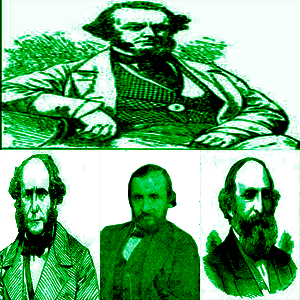
Howard Staunton beat Popert, Harrwitz and Horwitz during the 1840s
It was through this period that he increased his notoriety as a chess writer. He ran a chess column in the The Illustrated London News and wrote The Chess-Player's Handbook, which remained the foremost resource for decades.
He also led the line as an administrator. He set himself the challenge of organizing a chess tournament in London comprising of the strongest players in the world. This he would accomplish in 1851.
London Chess Tournament of 1851
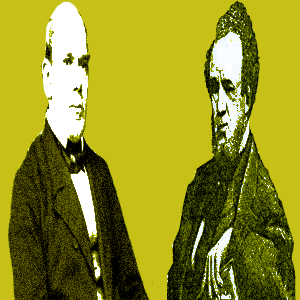
Howard Staunton (right) was eliminated from the London Chess Tournament of 1851 by Adolf Anderssen
Howard Staunton saw his chance to jump on board and he easily convinced the chess authorities in London mark the occasion with a high profile tournament. He was at the fore in the organization of the resulting competition.
The now famous 1851 London Chess Tournament had a field of 16 of the best chess players of the time. Staunton himself took part but was disappointed to be eliminated by the eventual winner, Adolf Anderssen.
Decline of Staunton
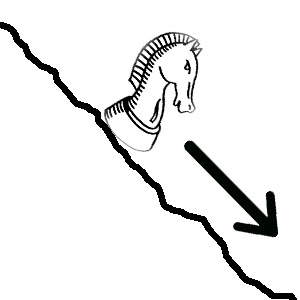
Howard Staunton went into decline after 1851
He had to settle for a match against Carl Jaenisch who had turned up late for and missed the tournament. Staunton beat him 7-2 with just one of the ten games drawn. He was also able to beat Elijah Williams who had overcome him in the 3rd place playoff.
Staunton would spend the next couple of years trying to arrange the match against Anderssen. When he had to abandon a match against Von der Lasa during game 13, (Von der Lasa was leading 5-4 with three drawn), it was clear that his health would undermine his chess ambitions more and more as time went on. He would never play a serious match again.
The Morphy Saga
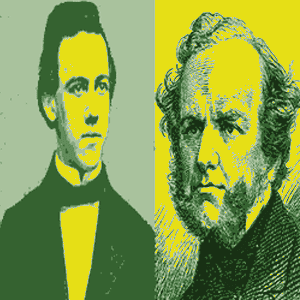
Paul Morphy tried in vain to arrange a match against Howard Staunton
As he tried to arrange a match, which Staunton implied he was interested in playing, Morphy beat great players such as Anderssen and Harrwitz.
Whether it was his health or an unwillingness to be exposed by Morphy over the board, Staunton would never agree to any particular terms for a match. A war of words broke out with much acrimony and eventually Morphy gave up trying to get Staunton to play the match.
Later Years of Staunton
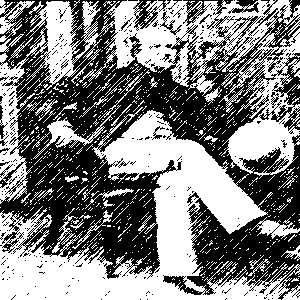
Howard Staunton wrote his chess column for the rest of his life
He also continued his work on Shakespeare. He was working on another chess book, Chess: Theory and Practice when he died unexpectedly. He was writing one of his articles on the morning of the 22nd June 1874 when he suffered a heart attack while sitting at his desk.
His book was close enough to completion at the time of his death to be published posthumously. He was buried at Kensal Green, London with a chess Knight on his headstone.
Legacy of Staunton
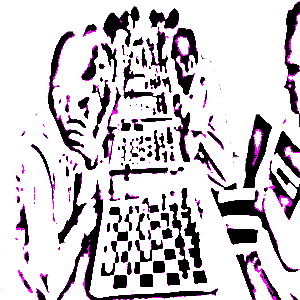
Howard Staunton moved top level chess to tournament format
His books, The Chess Handbook and Chess: Theory and Practice were the amateur's choice until well into the 20th Century. This made up for the fact that his style was not emulated by his contemporaries in competition.
They were Romantic Era chess masters whose game plans revolved around tactical combinations. Staunton's positional game and opening prowess were beyond their comprehension and for that reason didn't catch on.
Moving On

Ruy Lopez de Segura
He had introduced new openings such as the English Opening and the Staunton Gambit. He was described as the first modern master by Bobby Fischer as his games display an understanding of all modern positional concepts.
He was one of the greatest writers in chess history with The Chess Handbook his most well known contribution. However maybe the biggest impact he had on the game came in administrative form.
He standardized the rules along with the famous German master Von der Lasa and he organized the first major international chess tournament in modern times with the 1851 London Tournament. It was from this moment that such tournaments would now decide who would be champion. This brought to an end an era that had been in place since the time of Ruy Lopez de Segura.






